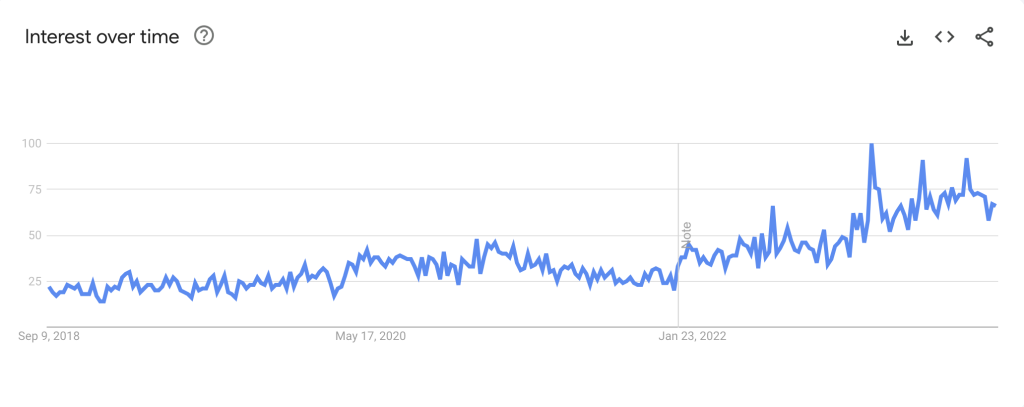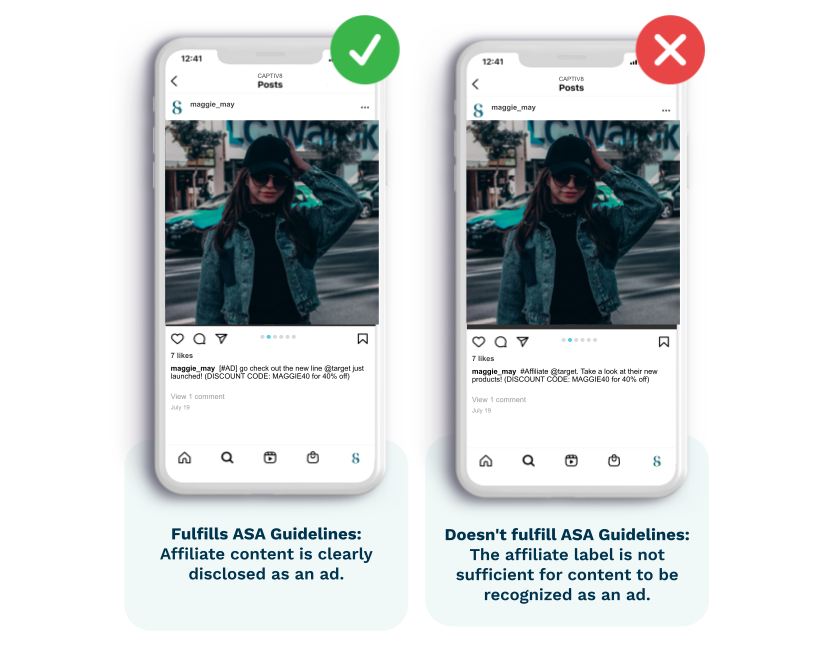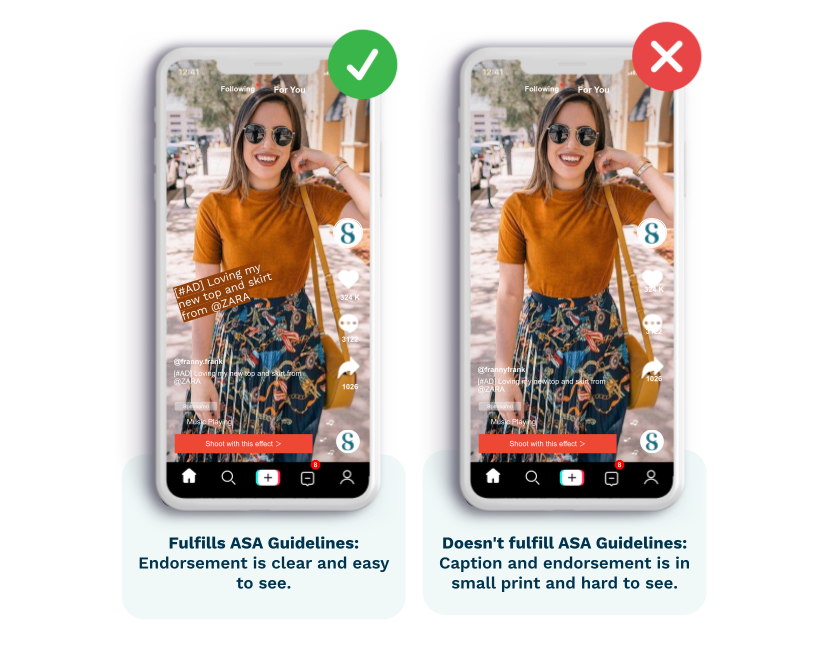Navigating UK Affiliate Marketing Advertising Standards

The UK affiliate market has demonstrated consistent growth, with a noteworthy increase in investment. In 2021, affiliate marketing spending was £793 million within the United Kingdom, marking a substantial rise from £738 million the previous year, reflecting an annual growth rate of approximately eight percent. Almost half (46%) of advertisers and agencies have expressed their intent to increase spending in affiliate marketing in 2023.

According to insights from Google Trends, UK search interest for “affiliate marketing” has exhibited a gradual upward trend since 2016. These searches saw a peak in volume in January 2023. The challenges posed by COVID-19 likely led to a surge in interest in affiliate marketing post-2020, prompting a shift towards online entrepreneurship and income generation.

Amidst this expansion, maintaining transparency and adhering to advertising regulations remain pivotal. The Committee of Advertising Practice (CAP) Code plays a crucial role in the UK, ensuring that all affiliate marketing promotions are identifiable as advertisements.
How do the UK Advertising Codes apply to affiliate marketing?
The advertising rules say that:
- All marketing communications should be obviously identifiable as ads.
- Ads must not pretend the marketer is a consumer and should clearly reveal their commercial intent.
When dealing with affiliate marketing, it’s important to make it clear whether parts or all of the content are ads.
Going Beyond “Affiliate”: The Need for Clear Disclosure
In the the UK, the standalone label “affiliate” is not sufficient to indicate that the content is an advertisement. When utilizing affiliate links and discount codes, it’s crucial to provide a clear and explicit disclosure that the content is an advertisement. This requirement stems from the overarching principle of transparency in advertising, ensuring that consumers are fully aware of the commercial intent behind the content they encounter.

Ensuring Transparency Across Different Media
Different kinds of affiliate marketing, like banner ads and branded emails, are often easily recognized as ads. However on other social media platforms, vlogs, and news sites, it’s not always clear if there’s a commercial connection between the creator and product. This is especially true when the creator typically shares non-commercial content or the content seems independent. To avoid confusion, content creators need to provide extra disclosure to clearly indicate that the content is a form of marketing.

Evolving Definitions of Affiliate Ads
In 2021, the ASA deemed that social media posts without explicit affiliate links or codes could be classified as affiliate ads. The criterion for this classification hinges on the post’s connection to an affiliate agreement. In a significant ruling involving BPerfect Ltd, the ASA evaluated Instagram stories showcasing affiliate products. These stories directed users to a landing page featuring the affiliate code, even though the stories themselves lacked the code. This signifies the ASA’s evolving interpretation of affiliate marketing on social platforms.
Conclusion
As the UK’s affiliate market continues to grow, staying informed is crucial. The evolution of affiliate marketing regulations underscores the dynamic nature of this field. This evolution is exemplified by the ASA’s recognition of social media posts as potential affiliate ads. Download our guide “Navigating UK Endorsement Compliance” for more examples on best practices.

Note: The content in this blog is provided for general information only. It is not intended to amount to advice (including legal advice) on which you should rely. You should obtain independent legal advice about complying with the laws and regulations regarding compliant advertising with respect to endorsements and influencer advertising. Although we make reasonable efforts to update the information in this document, we make no representations, warranties, or guarantees, whether express or implied, that the content in this document is accurate, complete, or up to date. Where this document contains links to other sites and resources provided by third parties, these links are provided for your information only. Such links should not be interpreted as approval by us of the information available at those links and we have no control over the content or accuracy of the information available at those sites or resources.
About Captiv8
Captiv8 is your all-inclusive partner for affiliate marketing success. With a vast database of over 30 million vetted creators, our platform helps you find influencers who resonate with your target audience, while predictive analytics and historical performance insights guide your casting decisions. Manage your entire affiliate campaign seamlessly in one place, from planning and execution to amplification and optimization. Elevate your campaigns with Captiv8 and tap into the full potential of affiliate marketing.
![From Benchmarks to Best Practices: A Deep Dive into Affiliate Influencer Marketing [On-Demand Webinar Recording] Affiliate Marketing Best Practices](https://captiv8.io/wp-content/uploads/2024/01/231221_captiv8x_affiliate_webinar_banner_image.jpg)
![How Brands Can Set Up Influencers for Affiliate Marketing Success [On-Demand Webinar Recording] Affiliate Marketing Strategy](https://captiv8.io/wp-content/uploads/2023/04/230403_captiv8x_affiliate_webinar_banner_v1.jpg)
![The 2023 Affiliate Influencer Marketing Benchmark Report [Download] The 2023 Affiliate Influencer Marketing Benchmark Report](https://captiv8.io/wp-content/uploads/2023/10/Banner-Images-11.jpg)
![Affiliate Marketing Tips & Tricks [Infographic] Affiliate Marketing Tips](https://captiv8.io/wp-content/uploads/2021/10/211027_captiv8x_shopify_infographic_banners_v2.jpg)